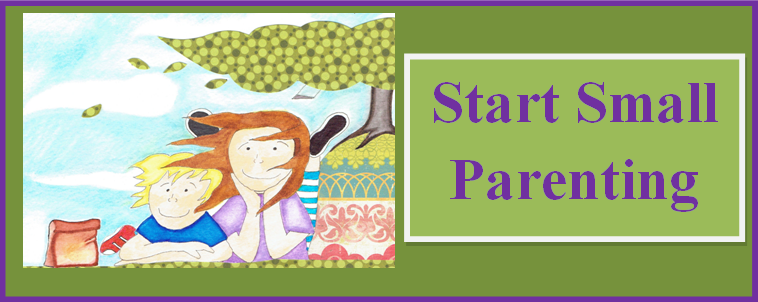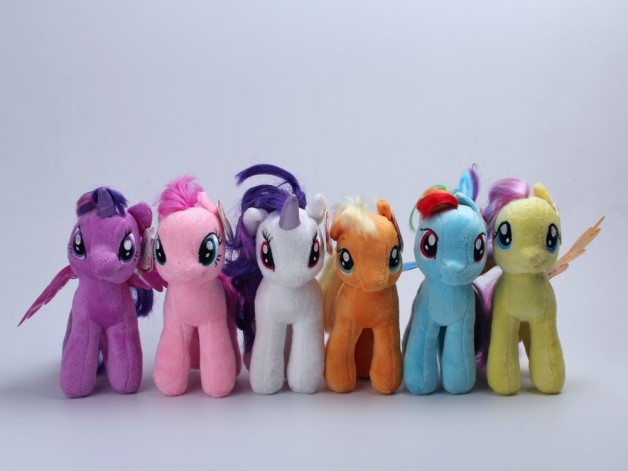Sharing. Taking turns. A child’s favorite toy is snatched up by another. How often does it end in tears and anger? Are small children too young to learn to share?
In a recent article by Very Bloggy Beth, Why I Don’t Make My Son Share, she writes of her pre-school’s sharing policy in which a child can keep a toy as long as they want to.
Keep the Toy
In a large group of young children, this policy serves a lot of needs. It gives clarity to parents, teachers, and kids, The consistency of the policy helps things run smoothly. In addition, before the age of 3, the concept of sharing is often fraught with peril. Developmentally, many small children are fervently practicing the concept of “mine”. If an item is taken away, they don’t yet have trust that the item will ever be returned. “Ownership,” or control over an item, needs to be experienced before one can learn to share.
One effect of the keep-the-toy policy is that a child can relax with the toy, knowing that it won’t be taken until they are done. They can learn that “no” can be as appropriate a response as “yes” when asked to share something. As adults, we exercise that right constantly. And there is the opportunity for spontaneous sharing when a child is truly done with a toy. “I’m done. You can have it now,” can feel really good inside.
There is also an important experience for the child who does not get the toy. They learn to practice waiting. They can practice dealing with disappointment—we don’t always get our way or our first choice. And we don’t always get what someone else has just because we want it.
In a less public, less institutionalized setting, what about this policy? What about siblings, two playmates, or a small group of children? How might this work at home?
Keep the Toy Policy – at Home
Lucy comes to play at Mary’s house. They fight over a purple pony. There is a blue one in the toy box but both want the purple one. Neither wants the blue one.
Adult: “That’s Mary’s pony. Just like at pre-school, she can play with it as long as she wants.”
While the children may easily accept this answer, or only one child may be upset, is there a missed opportunity for learning? What do we want to teach our children about possession, ownership, and sharing? Are there other options to the blanket policy that will address the children where they are developmentally and still help them learn about sharing?
Five Scenarios
Consider five other ways parents might deal with the issue of sharing and taking turns:
1) Removing Special Toys
Adult: “Let’s put the pony away. Since there is one purple pony and two of you, we’ll put this toy away for another day. What else shall we play with?”
Mary’s need to play with her special toy, which she feels she “owns” (as she is developmentally working through “mine”), is not met this way. Lucy might get involved with wanting to feel ownership as well, even though it is Mary’s toy. Both children will most likely get upset. Mary may then claim many of her toys too special to play with. If the adult gets engaged in trying to fix this, it will be a scramble to keep up, trying to put away all the special toys.
2) Keep the Toy, With a Question Asked
Parent: “Mary, you had the purple pony first. You may play with it. How long would you like to play with it?”
Mary: “All day.”
Parent: “Lucy would like to play with it, too. How about we check in with you in a little bit and see if you are done?”
Mary agrees. Lucy is still really upset. The adult’s role is to make a connection with Lucy, support her through her disappointment, allow her to have her big feelings, and help find other toys to play with until Mary is done.
An important piece of modeling here is that the adult asked when Mary would be done. Mary might not yet have a grasp of time and the answer might be inappropriate, but both children learn it is best to ask before taking.
3) Setting a Turn Limit
Mary has the pony. The adult sets a time limit on Mary’s turn.
Adult: “Mary can have the purple pony for 15 minutes. I’ll set a timer. When the beeper goes off, it will be Lucy’s turn.”
If the children are still interested in the same pony after the first turn, the round of turns can continue.
Expectations are clear. Both children know what to do and see that their needs will be met.
4) Practice Session
One way to teach sharing is when the children aren’t in the throes of conflict. The adult has two similar toys and asks the girls to practice playing with them for 2 minutes and then switching. The toy may change hands several times. Other activities could be introduced: frosting cookies and taking turns who sprinkles the glitter; alternating the page turner when reading a book; one pushing the wagon while the other rides inside.
5) Pulling Cards
What if it is less about taking a turn and really about Who Goes First? For some children, going first is the Holy Grail. In my pre-school classes, I have a system of pulling index cards. Each card has a child’s name on it. In this case, Lucy and Mary. Behind my back, I pull a card. In this case, Lucy’s comes up. She gets the first turn with the pony.
My kids learn that it’s the cards that decide – no arbitrary grown-up decision or opportunity for perceived favoritism.
Policy vs. Teaching
The pre-school works well with a blanket policy. And no doubt, there is much learning that takes place within that policy. With a large group of children, close adult supervision is not always possible, as is needed in the five other scenarios.
At the park or in your home, with yourself or another willing parent, there can be even more learning opportunities that meet the needs of the small child. Modeling, practice, and adult guidance can lead to respectful shared play among children. Other positive outcomes are the learning of problem solving and reliable behavior – both great skills for a child to have when the adult is not present.
How do you handle sharing and turn-taking with your child?



Parents and younger children get into such situations so often! Thank you for your tips, I am sure I will be coming back to this article many times in the future.
Maria
p.s. I am so excited about your new book and course!!!